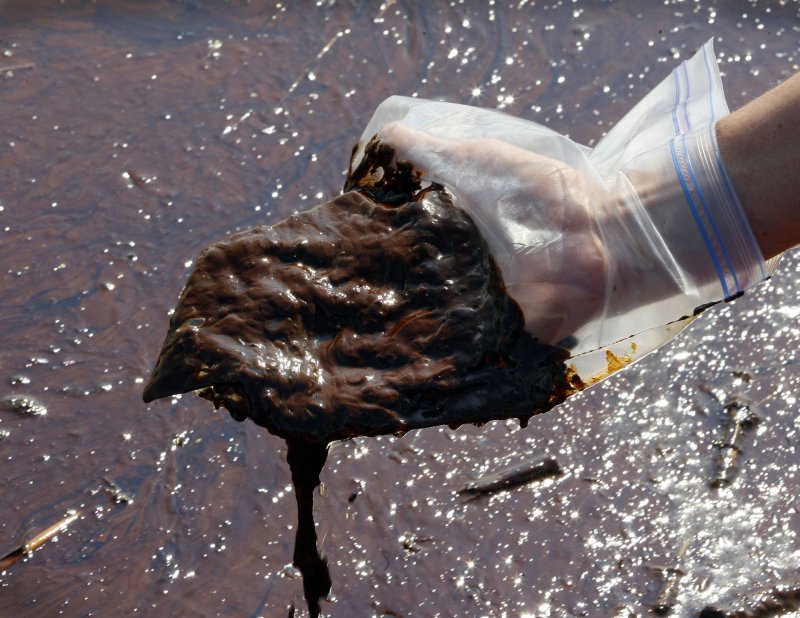NEW ORLEANS, June 1 (UPI) -- Remote-controlled vehicles on the floor of the Gulf of Mexico are ready to cut a damaged riser in preparation for a containment cap, BP said Tuesday.
BP's so-called top kill method to stop the flow of oil and gas from a broken riser about 1 mile underwater failed during the weekend, leaving the embattled petroleum company looking for other methods.















